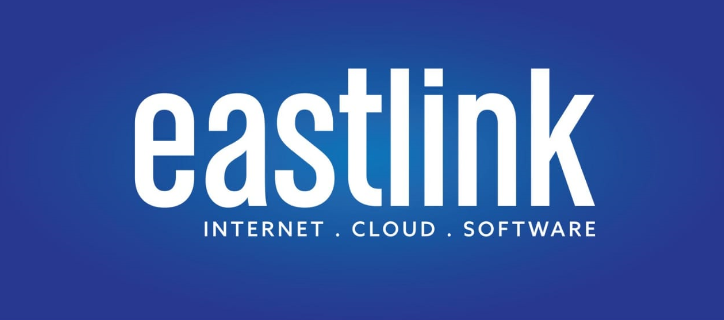This innovative technology’s discovery goes back to 1960’s and the evolution of cloud computing has seen multiple stages. We have come so far, and its equally important to know about how and when did cloud computing start empowering enterprises along with the entire history of cloud computing, before we dive into top trends in the future.
We have seen it, heard it, and done it. But, do we know what it is? We have been using cloud computing unknowingly through Gmail and Google docs, yet we never thought that these were cloud computing services.
What is Cloud Computing technology?
Cloud computing is a technology that puts your entire computing infrastructure in both hardware and software applications online. It uses the internet, remote central servers to maintain data & applications. Gmail, Yahoo mail, Facebook, Hotmail, Orkut, etc are all the most basic and widely used examples of cloud computing. One does not need his own PC or laptop to check some stored mail/data/photos in the mailbox but any computer with an internet connection since the data is stored with the mail service provider on a remote cloud. The technology, in essence, is a geographical shift in the location of our data from personal computers to a centralized server or ‘cloud’. Typically, cloud services charge its customers on a usage basis. Hence it is also called Software as a Service (SaaS). It aims to provide infrastructure and resources online in order to serve its clients; Dynamism, Abstraction and Resource Sharing.

The term “cloud” was actually derived from telephony. The telecommunication companies offered Virtual Private Network with good quality at affordable prices. The symbol of the cloud represented the demarcation point which was the sole responsibility of the provider. Cloud computing manages servers and network infrastructure management.
History of Cloud Computing
Let’s have a quick walkthrough of cloud computing history and evolution all these years-
1960’s
One of the renowned names in Computer Science, John McCarthy, enabled enterprises to use expensive mainframe and introduced the whole concept of time-sharing. This turned out to be a huge contribution to the pioneering of Cloud computing concept and establishment of Internet.
1969
With the vision to interconnect the global space, J.C.R. Licklider introduced the concepts of “Galactic Network” and “Intergalactic Computer Network” and also developed Advanced Research Projects Agency Network- ARPANET.
1970
By this era, it was possible to run multiple Operating Systems in isolated environment.
1997
Prof. Ramnath Chellappa introduced the concept of “Cloud Computing” in Dallas.
1999
Salesforce.com started the whole concept of enterprise applications through the medium of simple websites. Along with that, the services firm also covered the way to help experts deliver applications via the Internet.
2003
The Virtual Machine Monitor (VMM), that allows running of multiple virtual guest operating systems on single device, paved way ahead for other huge inventions.
2006
Amazon also started expanding in cloud services. From EC2 to Simple Storage Service S3, they introduced pay-as-you-go model, which has become a standard practice even today.
2013
With IaaS, (Infrastructure-as-a-Service), the Worldwide Public Cloud Services Market was totalled at £78bn, which turned out to be the fastest growing market services of that year.

Cloud Computing Trends – Empowering the future of Public Cloud
The estimated spending on Public Cloud Services is foreseen to surpass $500 Billion by 2023. The upcoming trends in cloud computing are going to empower industries with multiple cloud offerings and accelerated growth. As a result, the cloud adoption will grow by 22.8% of all enterprise IT sending. “The pandemic served as a catalyst for rapid cloud adoption and digital innovation in 2020, especially to empower remote work, collaboration and digitalization for hybrid work models”.
CONCLUSION
Cloud computing represents the next evolutionary step toward elastic IT. Cloud emergence transforms the way in which IT infrastructure is constituted and managed through consumable services for infrastructure, platform, and applications. This idea converts IT infrastructure from a “factory” into a “supply chain”. There may be a stage to come when Internet is going to be the communication channel for mass media, then we cannot imagine a world without cloud storage because keeping ownership and maintaining huge volume of data on our own infrastructure is unimaginable. So automatically cloud storage will capture the entire market as we see rental houses leased to the tenants which is an unavoidable and a must situation in a growing populated city. Cloud storage strategies and service models are still in its early stages. Standardization of service provider‟s service levels, pricing plans, data access methods, operational and security processes, emergency plans for data migration if the enterprise sooner or later wish to change vendors, improving the performance by opting better load balancing methodology are some of the thrust areas where future works on cloud storage can be focused.












